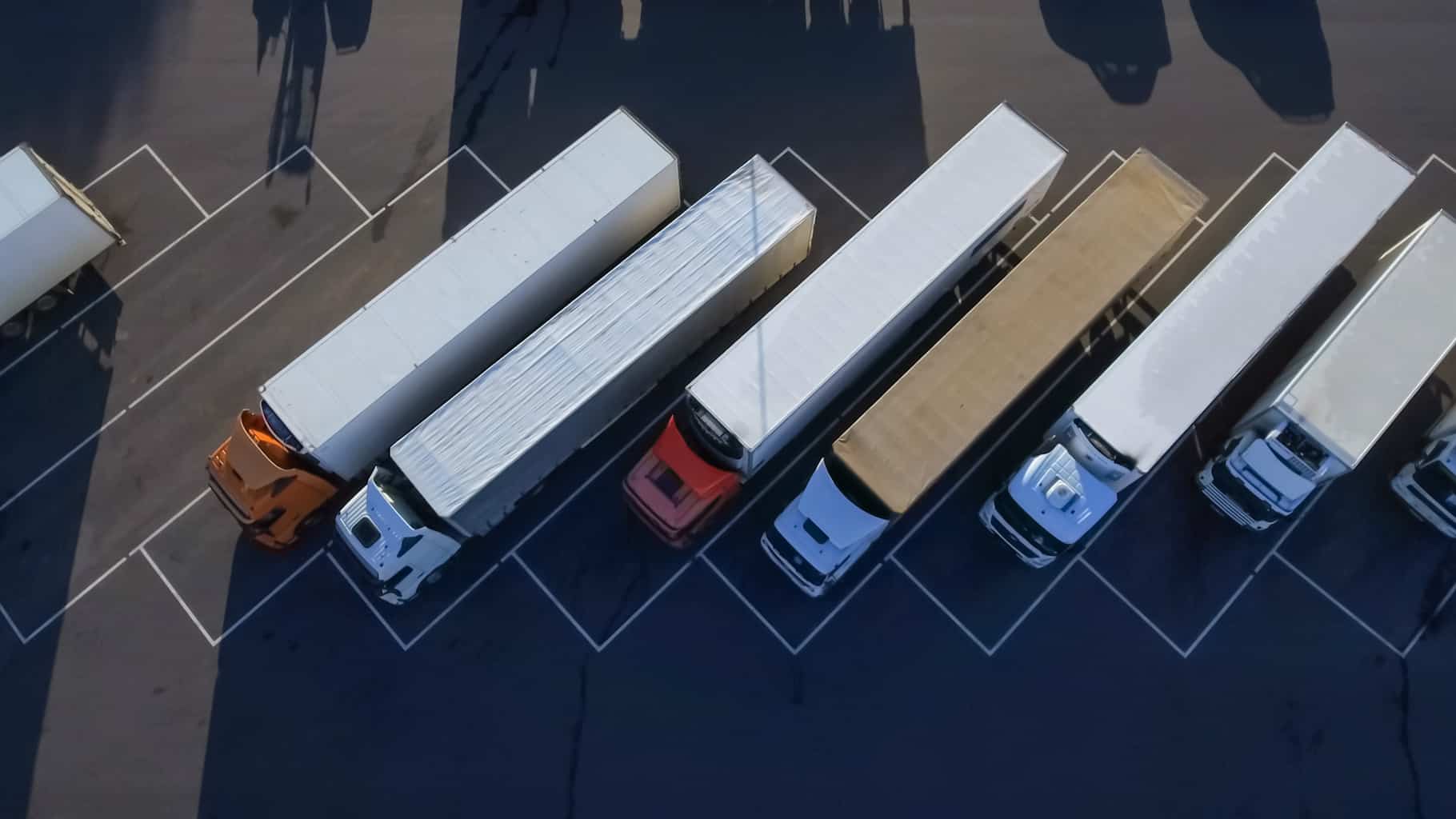Just parked up? HGV drivers and loads targeted by gangs
21 November 2024
Drivers and freight operators have long been blighted by freight crime. However, a growing trend is being reported whereby organized crime groups are targeting lorries for their valuable loads. These gangs exploit vulnerabilities at rest stops, focusing on high-value goods such as electronics, pharmaceuticals, and alcohol. A recent APPG on Freight and Logistics report (Report) co-written by the National Vehicle Crime Intelligence Service (NaVCIS) and the Road Haulage Association (RHA) outlines the scale of the problem and makes recommendations to combat freight crime.
What are the issues?
Growing threat from organized crime
Freight crime is increasingly dominated by sophisticated criminal groups who employ advanced methods such as scouting rest stops, tracking vehicles, email phishing attacks and using forged documentation to access cargo. The thefts are meticulously planned, with criminals often waiting until drivers park in isolated or unsecured areas. Goods are often ending up on on-line market places and on occasion, within legitimate supply chains.
Lack of secure parking facilities
A critical vulnerability for operators is the scarcity of secure lorry parking. Nationally, the RHA considers there to be a shortage of around 11,000 lorry parking places. Many drivers are forced to park in poorly lit, unmonitored areas due to limited availability of secure rest stops. This not only endangers cargo but also compromises driver safety. Lack of investment is one cause of this issue but so is the failure of Planning guidance to support new and expanded lorry parks.
Impact on drivers
Drivers face personal safety risks during these thefts, which often involve intimidation or physical harm. These incidents lead to heightened stress and may deter individuals from working in the haulage industry, exacerbating driver shortages.
Financial costs to the industry and the economy
Freight theft is estimated to cost the UK economy £680-700 million annually. For haulage operators, this translates into increased insurance premiums, disrupted supply chains, and reputational damage. Smaller operators are particularly vulnerable, as they often lack the resources to recover from theft.
Insufficient law enforcement resources
Police often lack the manpower to address freight crime effectively. The cross-border nature of many operations complicates enforcement further, and incidents frequently go unreported, making it difficult to track and prevent crimes.
Recommendations from the Report
The Report (which you can read here) provides an interesting overview of freight crime statistics and additional narrative.
To address the challenges faced by the industry, the Report offers actionable recommendations to the government to:
- Endorse and support secure parking facilities.
- Ensure planned reform to the National Planning Policy Framework considers the needs of hauliers.
- Launch a national parking space programme.
- Increase support and resources for law enforcement.
- Launch a national freight crime awareness campaign.
What can operators do?
Enhance collaboration and intelligence sharing
A collaborative approach between operators, industry bodies like the RHA, and law enforcement is essential. Operators are encouraged to share data on theft incidents with NaVCIS and local authorities to identify crime hotspots and track trends. This intelligence can inform targeted interventions.
Adopt advanced security technologies
Operators are advised to invest in fleet security technologies, including GPS tracking, tamper-proof locks, and real-time monitoring systems. Dashcams and alarm systems can further enhance security and provide evidence in case of theft.
Route evaluation
Regularly evaluate routes and parking options to avoid known hotspots.
Provide driver training and support
Drivers should be equipped to recognize potential threats and respond appropriately. Regular training on security protocols and ensuring drivers have access to emergency communication tools are best practice. We periodically run a training session on this which will be listed here.
Increase reporting and awareness
Operators are encouraged to report all incidents of freight crime, even minor ones, to build a comprehensive database for analysis. Raising awareness about crime trends among operators and drivers can also help prevent future incidents.
Conclusion
Freight crime poses a severe challenge to the UK’s haulage industry, with significant financial, operational, and safety implications. Addressing this issue requires a united effort from operators, trade associations, the government and local authorities. Its success remains dependant on industry-wide adoption and proactive collaboration.
Contact the regulatory team here for more information.
This article was written by Jo Dawson-Gerrard.
